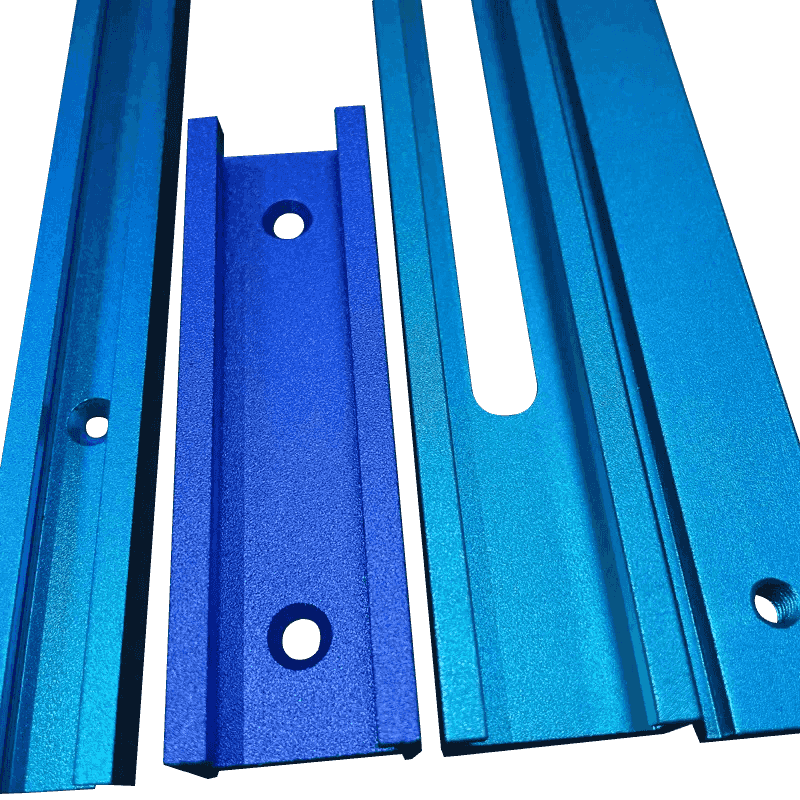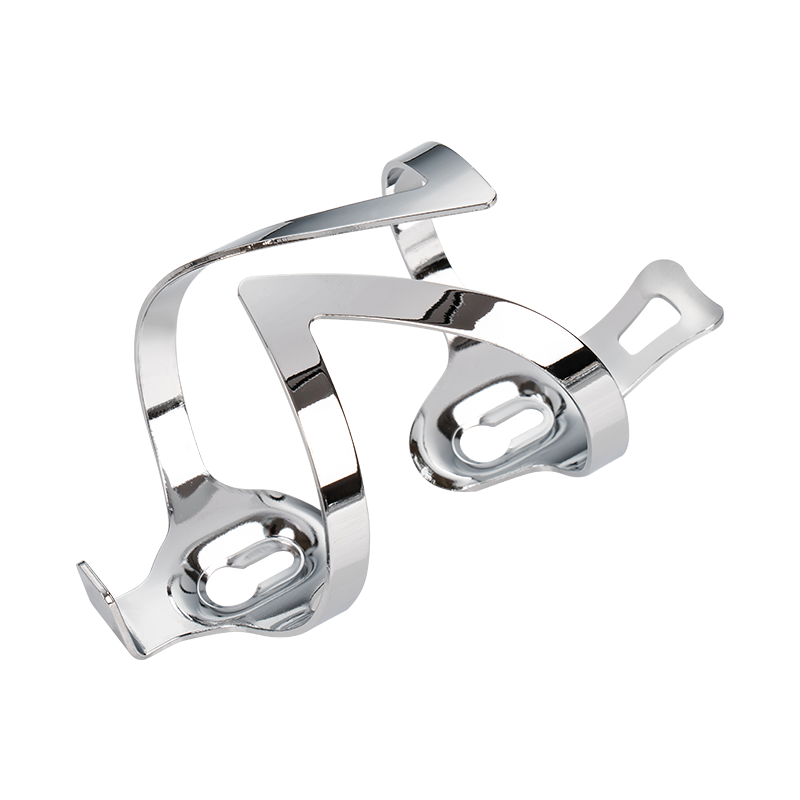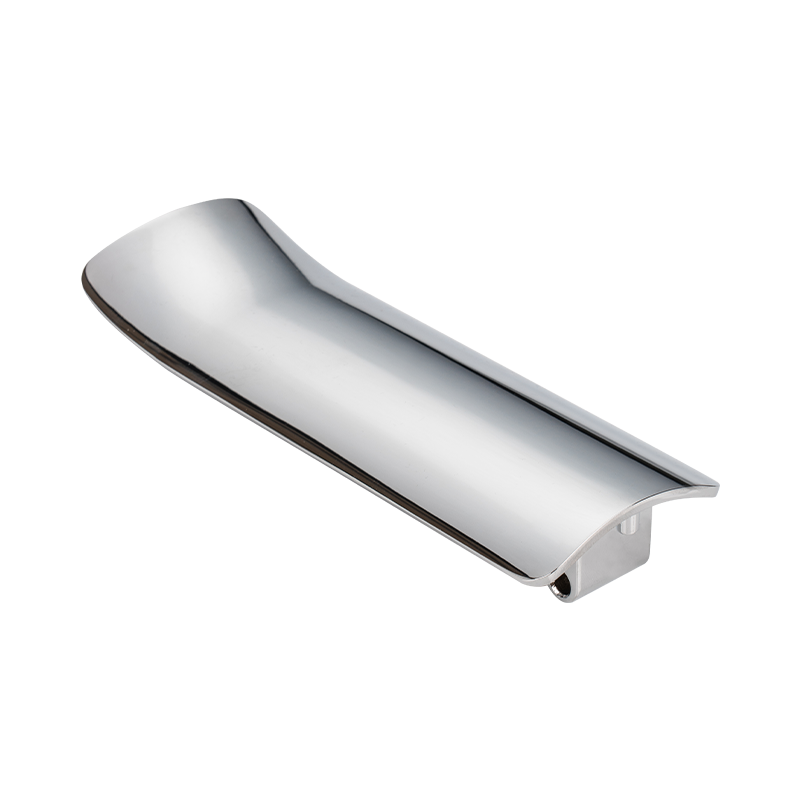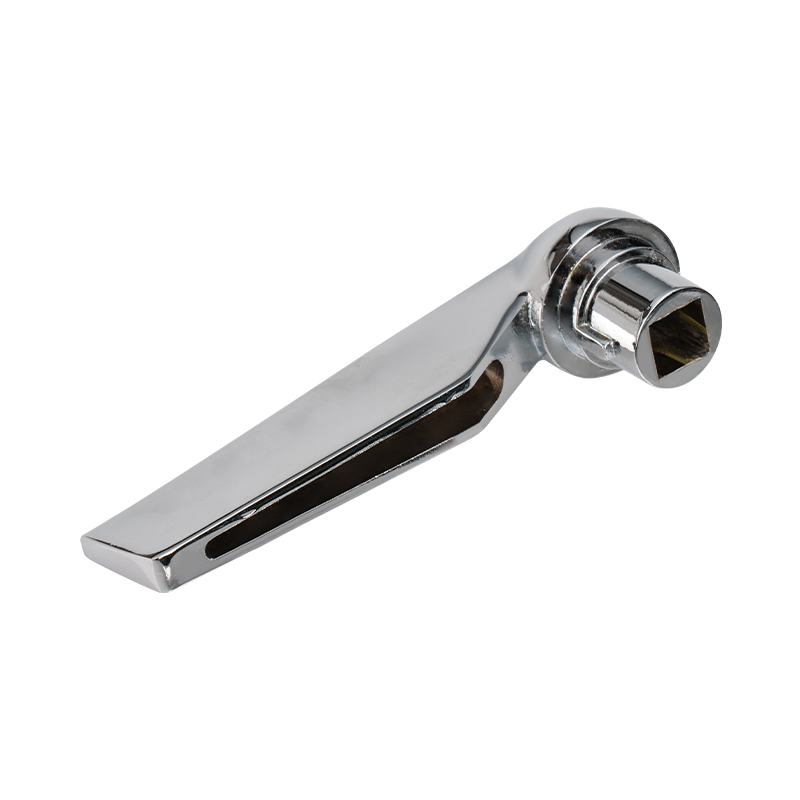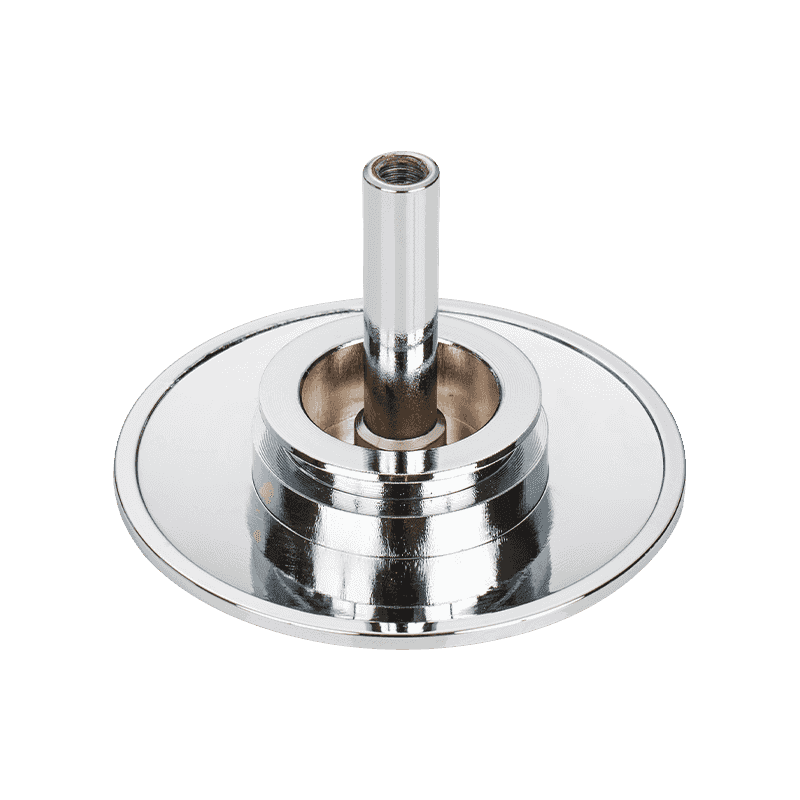How to strike a balance between the strength and weight of zinc alloy die-cast lighting fittings?
29-04-2025When designing zinc alloy die-cast lighting fittings, the balance between strength and weight is a crucial consideration. Zinc alloy materials are often used to make lighting fittings due to their good castability and high strength. However, in practical applications, how to reasonably balance the strength and weight of fittings to ensure their stability during use without adding too much weight has become a major challenge for designers.
The strength and density of zinc alloys are important factors affecting their weight. The high density of zinc alloys means that the weight of zinc alloys is relatively large under the same volume. Therefore, in order to reduce weight while ensuring sufficient strength, designers usually need to make a trade-off between material selection and accessory design. On the one hand, a suitable casting process can make the distribution of zinc alloys more uniform and enhance their strength; on the other hand, the design needs to consider reducing the overall weight by optimizing the shape and structure and reducing unnecessary material use.
When considering strength, the appropriate zinc alloy composition and melting temperature are usually selected. These factors directly affect the hardness and tensile strength of the material. By adding other metal elements to the alloy, the comprehensive properties of zinc alloys can be improved to achieve the purpose of increasing strength. For lighting fittings, it is particularly necessary to ensure strength while avoiding increased brittleness caused by over-strengthening. Designers usually use multiple tests and simulation experiments to ensure that the designed lighting fittings have sufficient load-bearing capacity without being too heavy or bulky.
On the other hand, precise control of zinc alloy die-casting process is also an important means to solve the problem of strength and weight balance. During the die-casting process, by adjusting the size, surface finish and cooling rate of the casting, the density and structural uniformity of the alloy can be effectively affected, thereby improving the strength of the fittings. The precise die-casting process can maximize the characteristics of zinc alloys, so that it can achieve the ideal strength requirements without adding extra weight.
Reasonable design structure also helps to solve this balance problem. For example, designers can increase the strength of fittings without significantly increasing weight by introducing strengthening ribs and weight-reducing holes. By optimizing the overall structure of the fittings, their weight can be effectively reduced without sacrificing their strength. For complex lighting fittings, more materials are usually used in the key load-bearing parts of the fittings to ensure their stability; while in non-critical parts, a more streamlined design can be used to reduce the use of materials.
The balance between the strength and weight of zinc alloy die-cast lighting fittings depends on the comprehensive consideration of many factors, including material selection, casting process control, structural design optimization, etc. Designers need to find an appropriate balance between these factors to ensure the safety and stability of the fittings during use, while not affecting their appearance and function due to excessive weight increase. This process requires meticulous design, continuous experiments and adjustments to achieve the best performance and effect.
Are You Interested In Our Products
Leave your name and email address to get our prices and details immediately.

 English
English 中文简体
中文简体 Deutsch
Deutsch русский
русский





